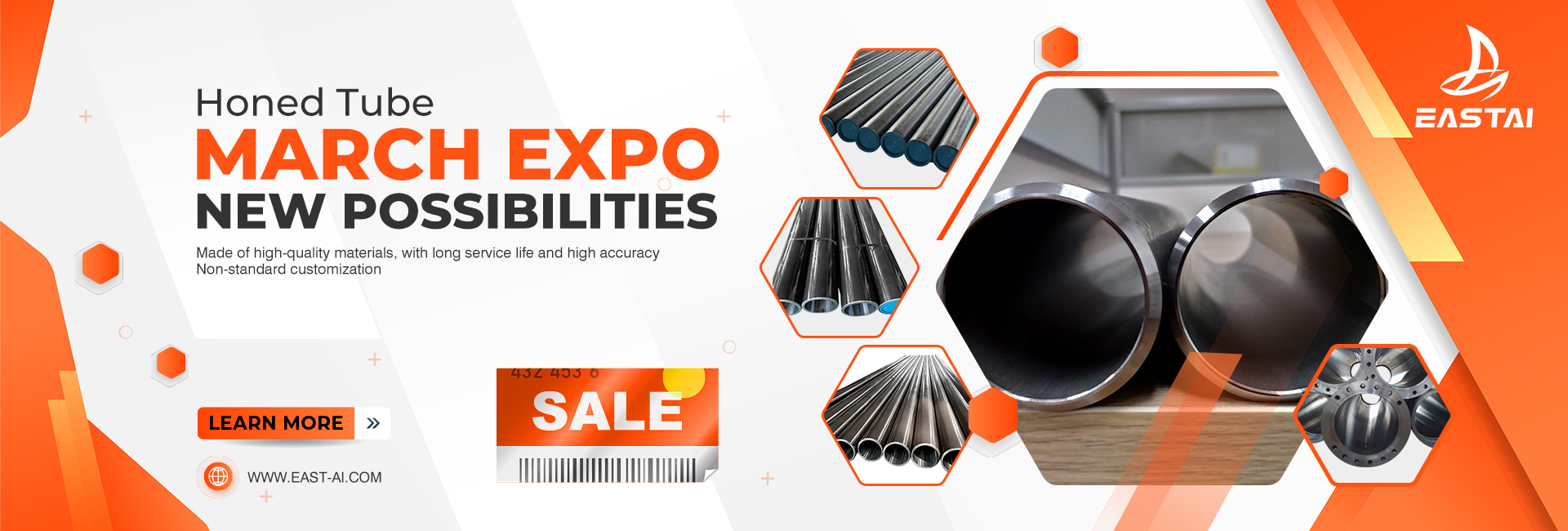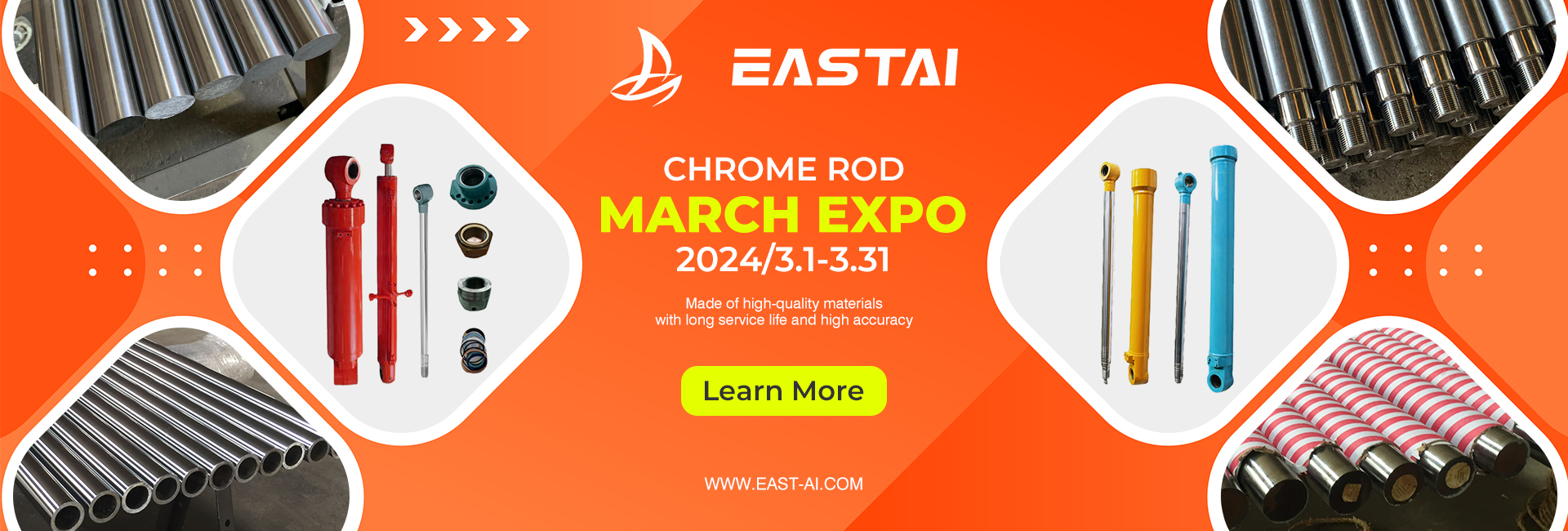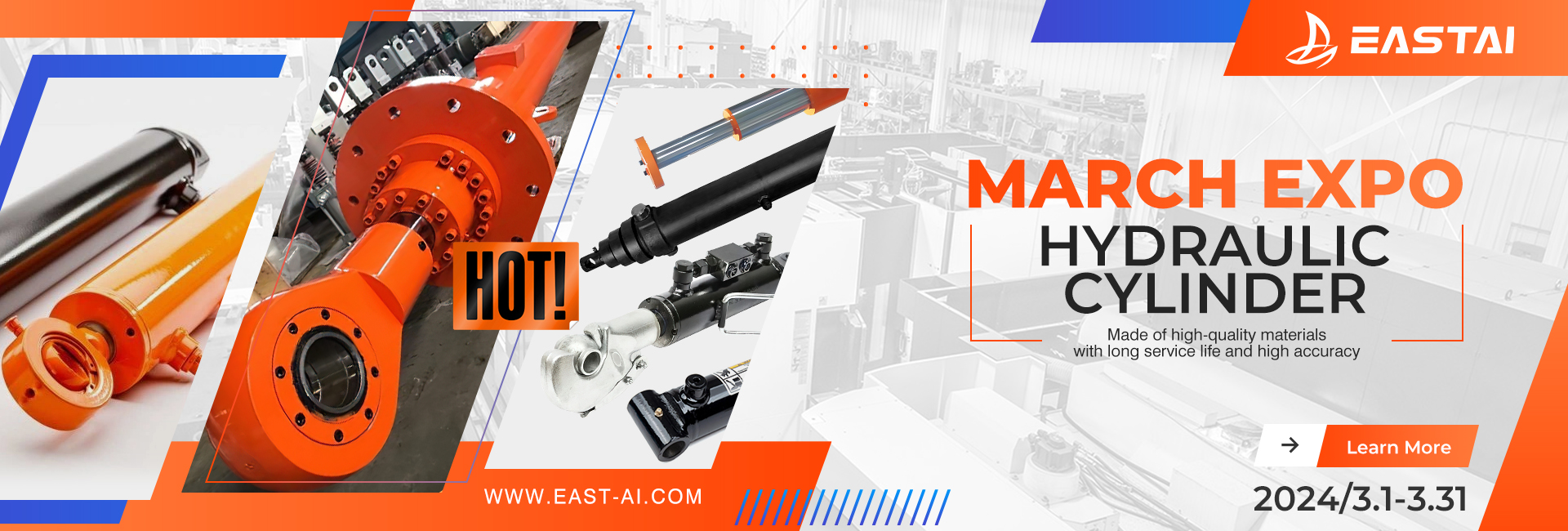Introduction:
In the realm of hydraulic systems and industrial machinery, the hard chrome hydraulic piston rod plays a crucial role in ensuring optimal performance and durability. With its unique properties and applications across various industries, this component serves as a vital link in the smooth functioning of hydraulic equipment. In this article, we will delve into the definition, importance, properties, applications, manufacturing process, maintenance, and more, shedding light on the significant aspects of the hard chrome hydraulic piston rod.
- Definition:
The hard chrome hydraulic piston rod refers to a rod-like component used in hydraulic systems, which undergoes a chrome plating process to enhance its surface properties. It serves as a guiding and support element for hydraulic cylinders, enabling linear motion and power transmission within the system.
- Importance:
The importance of hard chrome hydraulic piston rods cannot be understated. These rods provide structural integrity, stability, and strength to hydraulic systems, ensuring smooth and efficient operation. By withstanding high pressures and loads, they play a crucial role in preventing system failures and minimizing downtime.
Properties:
- Hardness:
Hard chrome hydraulic piston rods exhibit exceptional hardness due to the chrome plating process. This hardness enables them to resist deformation, withstand abrasive forces, and maintain dimensional stability even under extreme operating conditions.
- Corrosion Resistance:
The chrome plating on the piston rod surface provides excellent resistance against corrosion. This protective layer acts as a barrier, safeguarding the rod from environmental elements and corrosive substances, thereby extending its lifespan.
- Wear Resistance:
One of the key properties of hard chrome hydraulic piston rods is their remarkable wear resistance. The hard chrome layer enhances the rod’s ability to withstand friction, abrasion, and wear, enabling long-lasting performance and reducing the need for frequent replacements.
- Smooth Surface:
Hard chrome plating results in a smooth and mirror-like surface finish on the piston rod. This smoothness reduces friction, enhances seal compatibility, and minimizes the accumulation of contaminants, promoting efficient operation and extending the life of the hydraulic system.
Applications:
- Hydraulic Systems:
Hard chrome hydraulic piston rods find widespread applications in various hydraulic systems such as hydraulic presses, cylinders, jacks, and lifts. They provide the necessary strength, stability, and precise motion control required for these systems to function effectively.
- Industrial Machinery:
The use of hard chrome hydraulic piston rods is prevalent in industrial machinery, including injection molding machines, extruders, machine tools, and material handling equipment. These rods enable smooth linear movement, ensuring precise operation and enhancing the overall performance of the machinery.
- Automotive Industry:
In the automotive industry, hard chrome hydraulic piston rods are extensively employed in shock absorbers, suspension systems, and braking systems. These rods provide the necessary strength, durability, and smooth operation required for a comfortable and safe driving experience.
- Construction Equipment:
Hard chrome hydraulic piston rods also find application in the construction equipment sector. They are utilized in hydraulic cylinders for excavators, loaders, cranes, and other heavy machinery. The robustness and wear resistance of these rods ensure reliable performance even in demanding construction environments.
Manufacturing Process:
- Chrome Plating:
The manufacturing process of hard chrome hydraulic piston rods involves chrome plating, which imparts the desired properties to the rod’s surface. Initially, the rod is thoroughly cleaned and prepared for plating. It is then submerged in a chromium plating solution and subjected to an electroplating process. This forms a layer of hard chrome on the rod’s surface, enhancing its hardness, corrosion resistance, and wear resistance.
- Grinding and Polishing:
After the chrome plating process, the piston rod undergoes precision grinding and polishing to achieve a smooth and defect-free surface finish. This step ensures the desired dimensional accuracy and surface quality, enabling optimal performance and minimizing friction within the hydraulic system.
Maintenance:
- Cleaning:
Regular cleaning is essential to maintain the performance and longevity of hard chrome hydraulic piston rods. It involves removing dirt, debris, and contaminants from the rod’s surface using appropriate cleaning agents. This prevents the accumulation of abrasive particles that could cause premature wear or damage.
- Inspection:
Periodic inspection of the piston rod is crucial to detect any signs of damage, wear, or corrosion. Visual examination and measurements can help identify issues early on, allowing for timely maintenance or replacement to avoid system failures or breakdowns.
- Lubrication:
Proper lubrication is vital to ensure smooth operation and minimize friction between the piston rod and seals within the hydraulic system. Applying a suitable lubricant or hydraulic oil helps reduce wear, heat generation, and potential damage to the rod’s surface.
Conclusion:
The hard chrome hydraulic piston rod is an indispensable component in hydraulic systems, industrial machinery, automotive applications, and construction equipment. With its exceptional hardness, corrosion resistance, wear resistance, and smooth surface, this rod enhances performance, durability, and efficiency. By understanding its properties, applications, manufacturing process, and maintenance requirements, one can appreciate its vital role in various industries.
Post time: May-17-2023




